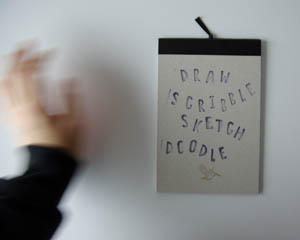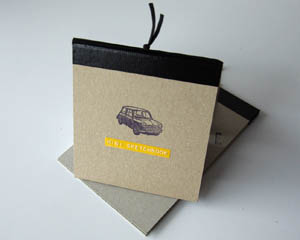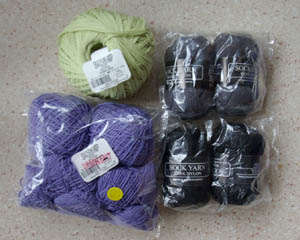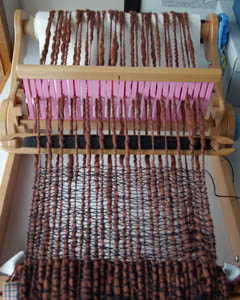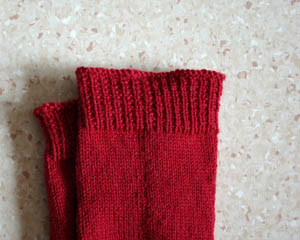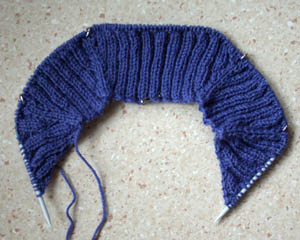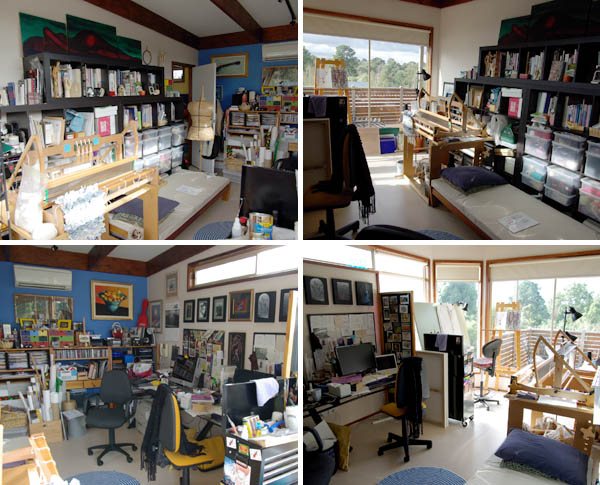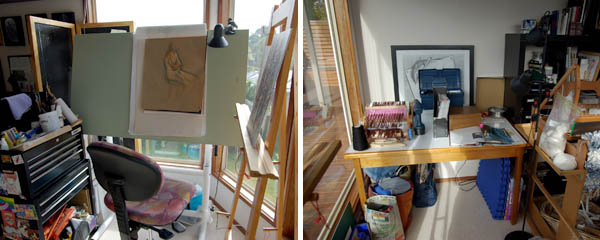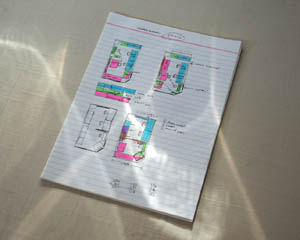Well, not everything…
Being a writer, the whole ebook thing is hardly recent news, but I’ve only recently started reading digital books for pleasure. I’ve been reading books on screen as part of my work for years, helping writer friends by reading their manuscripts and providing feedback. In fact, some years the only books I read were manuscripts, because for a few years there I found reading very difficult.
You see, I have chronic upper back issues that make reading while sitting up for more than half an hour painful – sometimes for days afterwards. The bigger and heavier the book, the worse it is. Physiotherapists tell me I should lie down to read, and I’ve found the Book Seat helps a lot, too.
Some years back I had some kind of chronic fatigue thing set in, and every time I lay down to read I’d fall asleep. I also found it very hard to concentrate on anything for long. I barely read anything for a couple of years, and then even though I slowly got over the fatigue I found it really hard to get back into the habit.
Still, I’ve been gradually regaining my reading mojo. Last year I read ten books. Ten! This year I’ve read that number in six months. I may never get back to my 50+ books a year habit, but things are improving.
Unfortunately, there was a lag between the drop in my reading habits and the drop in my book buying habits. I have quite a big to-read pile of print books. In fact, my to-read pile is a to-read bookcase. And on top of that I admit to ‘hiding’ unread books among read ones in my other bookcases.
Like many people, now that I’ve decided I like reading ebooks, I can’t help looking considering those print books a little differently. I still prefer to read print books. They feel and smell nice, are easier on the eyes, I think a house full of bookcases is immensely comforting, and they don’t vanish the next time you update your iPhone software.
But reading them hurts.
So the other day I went through my main fiction bookcase and removed everything I hadn’t read yet. I added them to my to-read bookcase and counted a total of over 100 books. Oh dear. If I continue to read at a rate of ten books a year, it’ll take me ten years to read them all. And only if I read what is there and nothing new. There are always new books to read: books by friends, new releases by favourite authors, books Paul reads and recommends, books publishers send for me to read and provide quotes for.
I don’t want to take ten years to read these books and I need the space they take up. But how am I going to get through 100 of them any faster than that? Well, thinking about this, it occurred to me that there must be some wisdom in all that yarn stash busting I’ve done. So I listed the ways I could apply it:
First: cull
The easiest way to reduce yarn stash is to simply sell it or give it away. In fact, a stash bust can be an excuse to get rid of yarn that you don’t really like, but have been feeling obliged to hang onto for some reason. I got ruthless in the same way with my books, getting rid of the series by writers I met once or used to chat with on a forum, but never got beyond the first book (or chapter), the sympathy buys, and the guilt purchases. Sometimes having spend my hard-earned cash on these books is support enough.
Then there’s the bargain yarn. I’ve been as much of a sucker for bargain priced books. And gift yarn. Most of my ‘gift’ books are freebies sent by the publisher, and I need to remember that I don’t have to read them.
I will also be applying the ’50 page rule’. If a book hasn’t hooked me by the time I get to page 50, out it goes – and the rest of the series. Heck, if the first chapter has me wanting to claw my eyes out or rinse my brain, I’m not even going to continue to chapter 50.
Second: prioritise
There are definitely yarns that I’ve been dying to knit. Some I’ve been dying to knit for years. Same with the books. They went to the top of the pile. As did ones by friends that I want to read. There are also some books that I bought for research purposes. I’m intermingling them with the others, so I’m not reading all research all the time.
Though the ones I’m least interested in are at the bottom of the pile, from time to time I’ll pick something up to see if it passes the 50 page rule. If it doesn’t, then at least I can remove it. If it does then I’m reading a good book, so there’s nothing to lose.
Third: restraint
A total ban isn’t always practical. When stash busting I usually make exceptions and, looking back at my last Knit From Your Stash rules I can see plenty of parallels:
I will not buy more yarn/books except…
Yarn for weaving – Books for research
To make gifts – Manuscripts for friends or to provide quotes for
Extra yarn to complete a project – Ongoing books in a series I’m hooked on
Yarn from a special yarn store – To support a specialty bookshop
If I run out of yarn while on holiday – If I run out of books on holiday
Yarn given to me – Books given to me
Charity knitting – Books with proceeds going to charity
Fourth: encouragement (cheating)
Seeing a tangible reduction helps me feel like I’m getting somewhere. With yarn stash busting there’s one big ‘cheat’ that I don’t mind resorting to: I count the yarn by grams not meters. Mostly this is because some yarns don’t list meterage, whereas I can always weigh it. The ‘cheat’ within using this system is that the heavier weight yarns knit up faster so if you knit them first you get a satisfyingly quick initial stash reduction.
With books I’ll be counting each tome, not the pages. So reading the shorter books first will make a bigger initial impact. But there’s still an advantage in reading bigger ones. They’re more likely to be the first of a series, and if I end up disliking it then I could get to cull 3-7 books.
Fifth: Rewards
I don’t like to set time limits on a yarn stash reduction these days, instead I give a little cheer whenever I get the stash down to a set round number of kilos. Call me crazy, but that’s reward and motivation enough. With books the aim is to read more of the books I already own as well as make space, so I think I’ll be pleased whether I read more of them or simply end up with more space free on the to-read bookcase. For the next six months I’ll see what works better, then see how I want to proceed next year.



